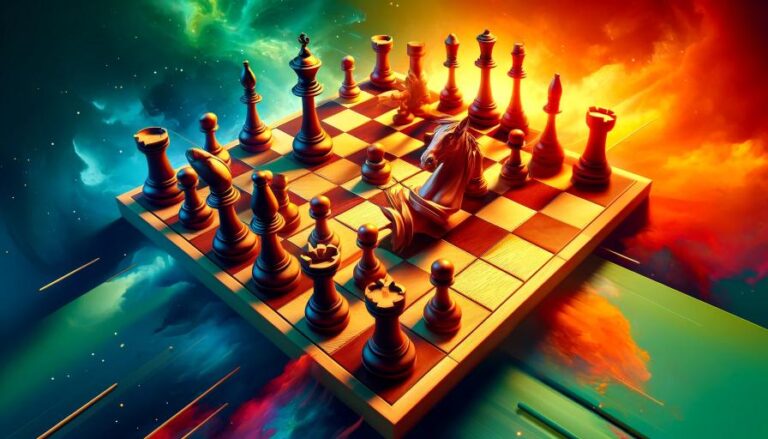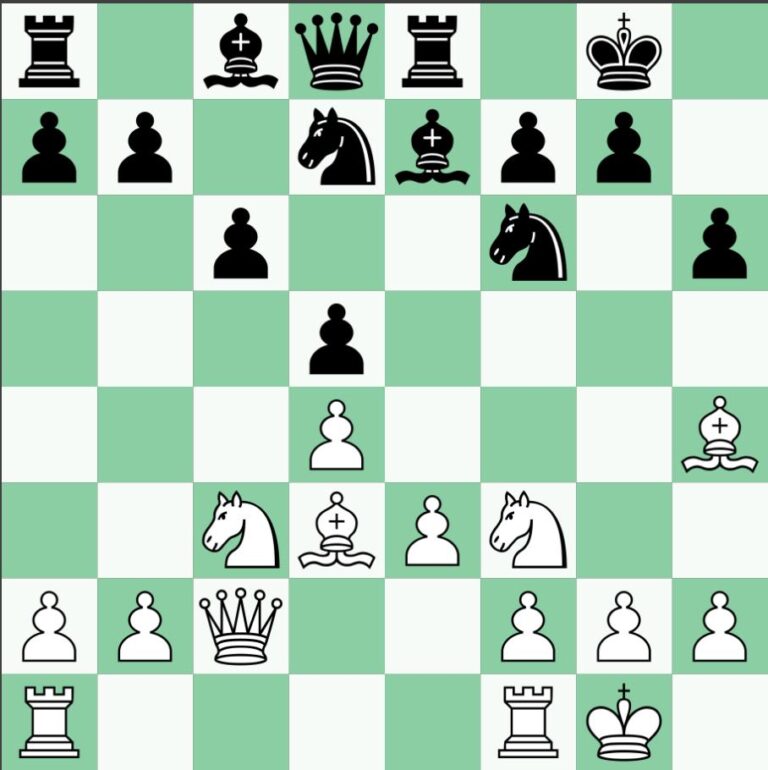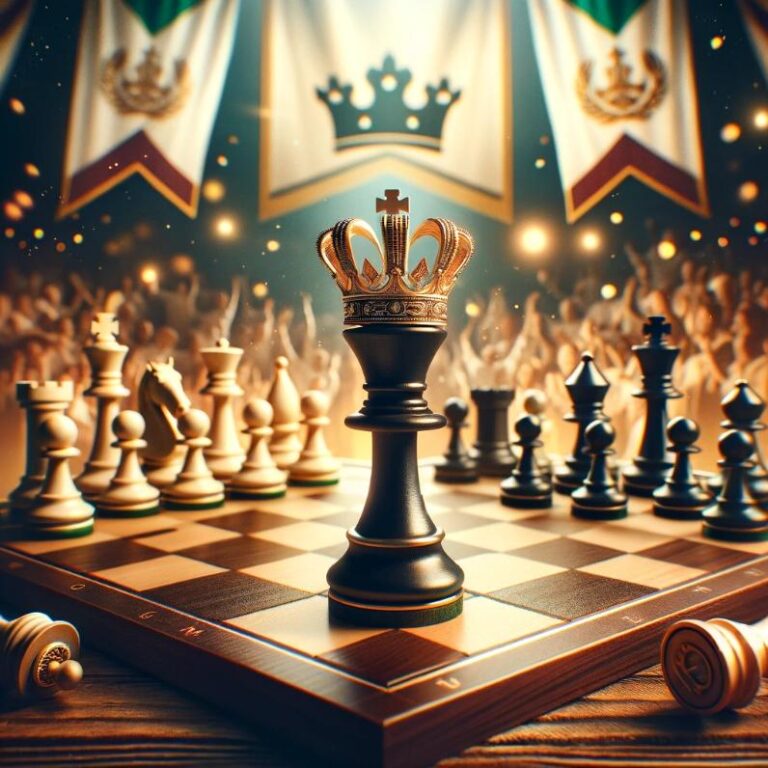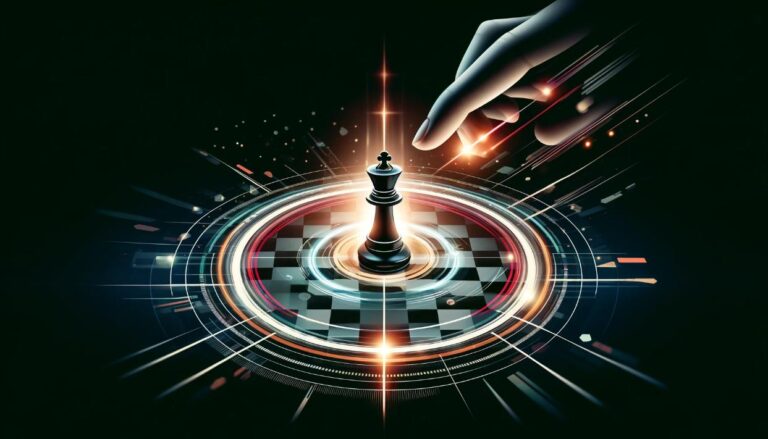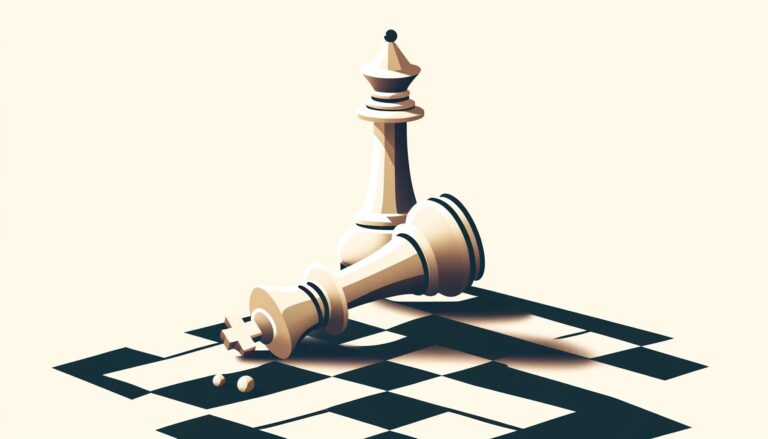Introduction
Artificial intelligence has revolutionized the game of chess, with computers now consistently beating even the best human players. However, one aspect of the game that has not been fully mastered by AI is time management. In chess, players have a set amount of time to make their moves, and managing this time effectively is crucial to success. In this article, we will explore the concept of time controls in chess and discuss strategies for managing the clock effectively.
Understanding Time Controls
Time controls in chess refer to the rules that dictate how much time each player has to make their moves. There are different time control systems used in chess, but the most common one is the “Fischer” time control, named after former world champion Bobby Fischer. This time control allows each player a total of 90 minutes to make all of their moves, with an additional 30 seconds added after each move.
Strategies for Managing the Clock
One of the main strategies for managing the clock effectively in chess is to be aware of your opponent´s time. This means paying attention to how much time they have left and using that information to your advantage. For example, if your opponent is low on time, you may want to play more quickly to put pressure on them and force mistakes. On the other hand, if your opponent has more time, you may want to slow down the pace of the game and think more strategically.
Using the time increment added after each move to your advantage is also crucial. This time can add up and give you a significant advantage in the later stages of the game. Therefore, it is important to not use all of your available time in the earlier stages and to save some for when you may need it most.
Time Controls in Chess
In the game of chess, time controls are essential for adding a competitive edge and testing the quick thinking of players. Different formats of chess, both over-the-board and online, utilize various time controls, which can drastically affect the dynamics of the game. This article explores the common types of time controls from bullet to rapid, classical, and correspondence chess, providing insights into each to help players understand and adapt to different styles of play.
Bullet Chess
Understanding Bullet Chess
Bullet chess is one of the fastest and most intense forms of the game, with each player typically having 1 to 3 minutes for the entire game. This time control demands quick thinking and rapid decision-making, often leading to games where instinct and tactical reactions prevail over deep strategic planning.
Strategy in Bullet Chess
In bullet chess, efficiency is key. Players must make quick decisions and often rely on pre-existing knowledge and patterns. It’s crucial to avoid complicated positions that require lengthy analysis and to maintain a pace that puts pressure on the opponent, potentially causing them to make errors under time constraints.
Blitz Chess
Exploring Blitz Chess
Blitz chess allows slightly more thinking time compared to bullet, typically ranging from 3 to 5 minutes for each player. This format still favors quick thinking but offers a small buffer to think through critical positions slightly more than bullet chess does.
Tactics in Blitz Chess
Blitz chess players often employ aggressive tactics to unsettle their opponents quickly. Opening knowledge can be a significant advantage, as players look to gain superior positions early on. Managing the clock is crucial, as even a few seconds can be the difference between a win and a loss.
Rapid Chess
The Rapid Chess Format
Rapid chess strikes a balance between the fast-paced nature of blitz and the thoughtful depth of classical chess. Time controls for rapid chess usually range from 15 to 25 minutes per player, providing enough time for deeper calculation and strategic planning.
Playing Rapid Chess Effectively
Rapid chess requires a blend of quick decision-making and strategic depth. Players have the opportunity to explore more complex positions, although time is still a limiting factor. The key is to manage time efficiently, ensuring that enough is reserved for critical phases of the game.
Classical Chess
Classical Chess Time Controls
Classical chess is the standard format used in most professional and high-level amateur tournaments. Time controls can vary significantly but typically provide at least an hour per player. Additional time increments per move are also common, allowing players to delve deep into the intricacies of each position.
Strategies for Classical Chess
In classical chess, players have the opportunity to showcase their full range of skills. It allows for detailed analysis, long-term strategic planning, and nuanced endgame tactics. Time management is essential, particularly in tournaments with sessions lasting several hours. Players must pace themselves to avoid exhaustion and maintain concentration throughout the game.
Correspondence Chess
Correspondence Chess Explained
Correspondence chess, often played via mail or email, allows days or even weeks to ponder each move. This format is less about reacting to the clock and more about deep analytical thinking and researching the best possible move.
Mastering Correspondence Chess
In correspondence chess, players often use chess engines, databases, and extensive literature to make their decisions. The strategic depth is considerable, with players exploring variations far deeper than in any other form of chess.
The Role of AI in Time Control
As mentioned earlier, AI programs can now beat the best human chess players. However, these programs often struggle when it comes to time management. Many AI chess engines have a set time limit for each move, which can lead to suboptimal decision making in time-critical situations.
Conclusion
In conclusion, managing the clock effectively is a crucial aspect of chess that can make the difference between winning and losing. Understanding time controls, implementing strategic move planning, staying calm under time pressure, and utilizing AI as a tool can all contribute to effective time management in chess. By mastering the clock, players can stay ahead of their opponents and enhance their chances of success on the chessboard.

